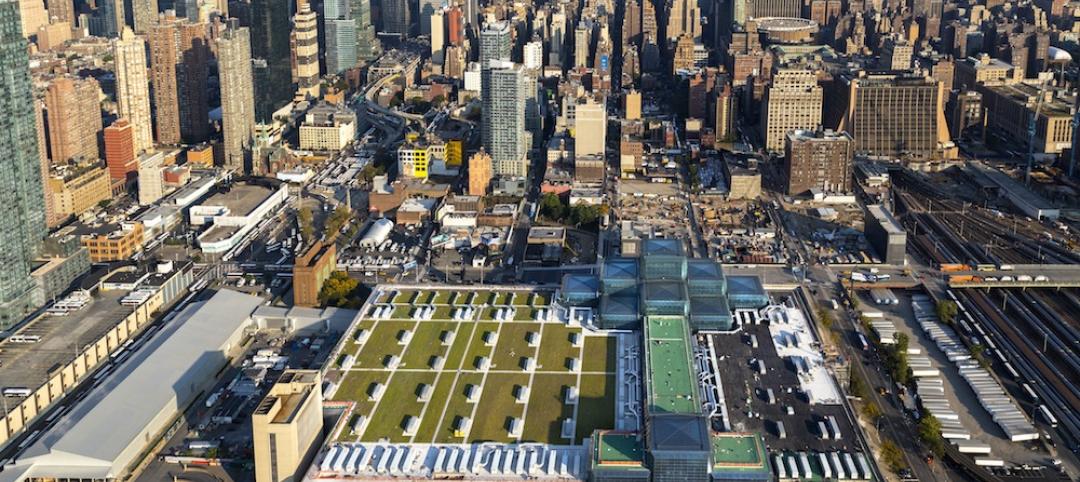 |
| The Riverwalk runs along the south bank of the Chicago River, giving the Windy City a 1.3-mile-long pedestrian promenade. |
1. Riverwalk Transforms Chicago's Second Waterfront
Canopies offer high style below bridges At several points along the riverwalk, the path runs beneath bridges where passing vehicles can shower pedestrians below with dirt and debris and where the covered, shadowy space can instill a sense of trepidation in those walking underneath. The architects' solution to these problems was the installation of canopies that act as barriers between the bridges and the pathway. Bright lighting is integrated into the canopies, which are covered with stainless steel shingles that act as mirrors to reflect the water's shimmering elegance. One Chicago architecture critic blogging about the canopies wrote: "instead of under-bridge fear, you get under-bridge delight." At several points along the riverwalk, the path runs beneath bridges where passing vehicles can shower pedestrians below with dirt and debris and where the covered, shadowy space can instill a sense of trepidation in those walking underneath. The architects' solution to these problems was the installation of canopies that act as barriers between the bridges and the pathway. Bright lighting is integrated into the canopies, which are covered with stainless steel shingles that act as mirrors to reflect the water's shimmering elegance. One Chicago architecture critic blogging about the canopies wrote: "instead of under-bridge fear, you get under-bridge delight." | |
 |
| Built on the 75-year-old ruins of New York City’s elevated freight train tracks, the High Line is a 1.45-mile urban park that winds around buildings and above streets on the city’s West Side. The $152 million rehab is inspiring similar projects throughout the world. |
2. High Line Elevates the Typical Urban Park
 |
| The main circulation path in BeachBody’s Santa Monica, Calif., office is also a 1/4 - mile walking track, complete with rubber flooring. |
3. Walking Track Fits Firm's Wellness Focus
Related Stories
| Dec 9, 2013
Skaneateles, N.Y., converts old firehouse to net-zero village hall
The Finger Lakes village of Skaneateles, N.Y., renovated its vacant firehouse into Skaneateles Village Hall, the first municipal net-zero energy building in the state of New York.
| Dec 4, 2013
First look: Dubai's winning bid for World Expo 2020 [slideshow]
Dubai has been chosen as the site of the 2020 World Expo. HOK led the design team that developed the master plan for the Expo, which is expected to draw more than 25 million visitors from October 2020 through April 2021.
| Dec 3, 2013
Architects urge government to reform design-build contracting process
Current federal contracting laws are discouraging talented architects from competing for federal contracts, depriving government and, by inference, taxpayers of the best design expertise available, according to AIA testimony presented today on Capitol Hill.
| Nov 27, 2013
Wonder walls: 13 choices for the building envelope
BD+C editors present a roundup of the latest technologies and applications in exterior wall systems, from a tapered metal wall installation in Oklahoma to a textured precast concrete solution in North Carolina.
| Nov 27, 2013
LEED for Healthcare offers new paths to green
LEED for Healthcare debuted in spring 2011, and certifications are now beginning to roll in. They include the new Puyallup (Wash.) Medical Center and the W.H. and Elaine McCarty South Tower at Dell Children’s Medical Center of Central Texas in Austin.
| Nov 26, 2013
Construction costs rise for 22nd straight month in November
Construction costs in North America rose for the 22nd consecutive month in November as labor costs continued to increase, amid growing industry concern over the tight availability of skilled workers.
| Nov 25, 2013
Building Teams need to help owners avoid 'operational stray'
"Operational stray" occurs when a building’s MEP systems don’t work the way they should. Even the most well-designed and constructed building can stray from perfection—and that can cost the owner a ton in unnecessary utility costs. But help is on the way.
| Nov 19, 2013
Top 10 green building products for 2014
Assa Abloy's power-over-ethernet access-control locks and Schüco's retrofit façade system are among the products to make BuildingGreen Inc.'s annual Top-10 Green Building Products list.
| Nov 15, 2013
Greenbuild 2013 Report - BD+C Exclusive
The BD+C editorial team brings you this special report on the latest green building trends across nine key market sectors.
| Nov 15, 2013
First look: Jacob K. Javits Convention Center renovation and expansion [slideshow]
The massive upgrade included a 110,000-sf expansion – Javits North – as well as the installation of 240,000 sf of energy-efficient glass curtain wall on the existing facility and the region's largest green roof.
















